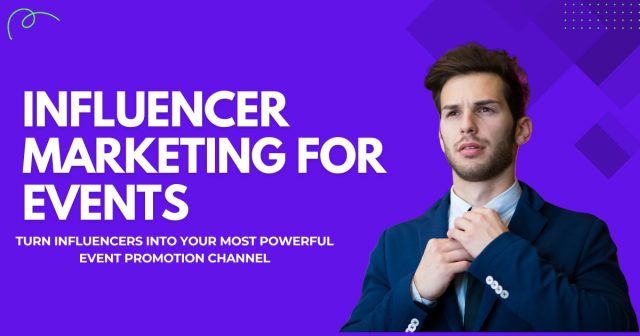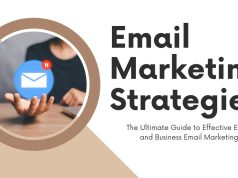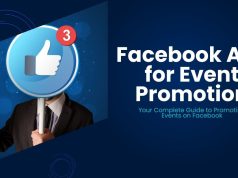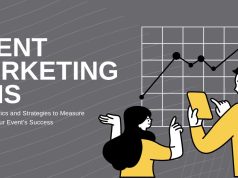In today’s crowded event landscape, standing out requires more than flashy graphics or discounted tickets. It demands authentic voices that audiences trust. Influencer marketing has emerged as a powerful tool to amplify event visibility, create buzz, and drive real attendance. By partnering with creators who share your values and resonate with your target demographic, you can generate genuine excitement long before doors open. This in-depth guide will walk you through every step of planning, executing, and measuring an influencer-driven event marketing campaign that skyrockets your reach and maximizes engagement.
What Is Influencer Marketing in the Context of Events?
Influencer marketing leverages individuals who have built loyal followings on social media platforms, blogs, or podcasts. When applied to events, these influencers serve as ambassadors who introduce your brand and experience to their audience. From unboxing event swag on Instagram Stories to hosting live Q&A sessions on YouTube, influencers help humanize your event and make it relatable. Unlike traditional ads, influencer content feels organic and conversational, which leads to higher trust and click-through rates. Whether you’re organizing a trade show, music festival, or virtual summit, influencers can help you reach niche communities that are otherwise difficult to engage.
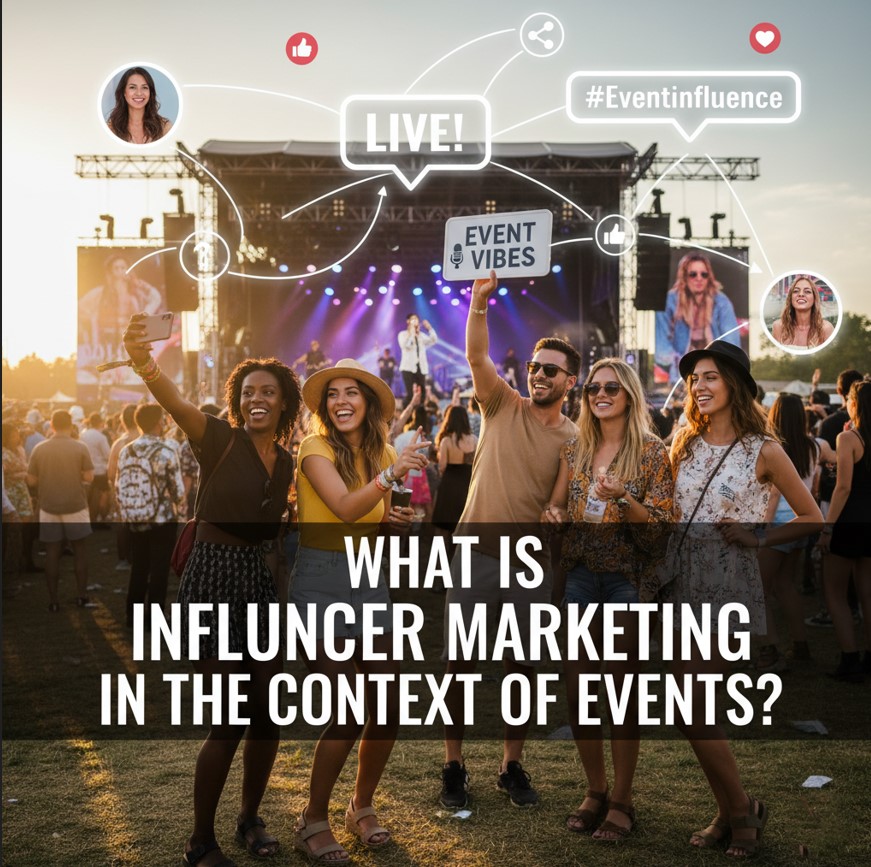
Key Benefits of Influencer Marketing for Events
- Expanded Reach and Awareness: Influencers already command audiences that align with your event goals, ensuring your message travels far beyond your own followers.
- Enhanced Credibility: A recommendation from a trusted creator carries more weight than a standard ad, leading to higher conversion rates on registrations and ticket sales.
- Targeted Engagement: By selecting influencers whose followers match your buyer personas, you reach the right people at the right time.
- Content Creation on Demand: Influencers produce high-quality images, videos, and written posts that you can repurpose across your marketing channels.
- Real-Time Feedback: Through comments, polls, and live chats, influencers provide instant audience insights that help you refine your event strategy.
Types of Influencers to Consider
Not all influencers are created equal. Understanding the tiers helps you choose partners that fit your budget and objectives:
- Nano-Influencers (<1K–10K followers): Hyper-niche communities, extremely high engagement rates, cost-effective for grassroots campaigns.
- Micro-Influencers (10K–100K followers): Strong trust with followers, affordable partnerships, ideal for targeted promotions.
- Macro-Influencers (100K–1M followers): Broad reach, polished content creation, suitable for mid-sized events with moderate budgets.
- Mega-Influencers and Celebrities (1M+ followers): Massive exposure but high fees, best for flagship events or major brand activations.
How to Find the Right Influencers for Your Event
- Define Clear Goals: Are you looking to sell tickets, boost brand awareness, or drive social engagement? Pinpointing objectives will guide your influencer selection process.
- Research Platforms: Instagram, TikTok, YouTube, LinkedIn, and niche blogs each offer unique audiences and content styles. Match the platform to your event’s format and demographic.
- Use Discovery Tools: Leverage influencer marketing platforms like Upfluence, AspireIQ, or Traackr to filter creators by location, audience demographics, engagement rate, and topical relevance.
- Evaluate Authenticity: Assess past content for quality and alignment with your brand values. Review comment sections to confirm genuine follower engagement rather than bot activity.
- Engage Gradually: Start by liking, commenting, or resharing their posts. Build rapport before sending a formal partnership proposal.
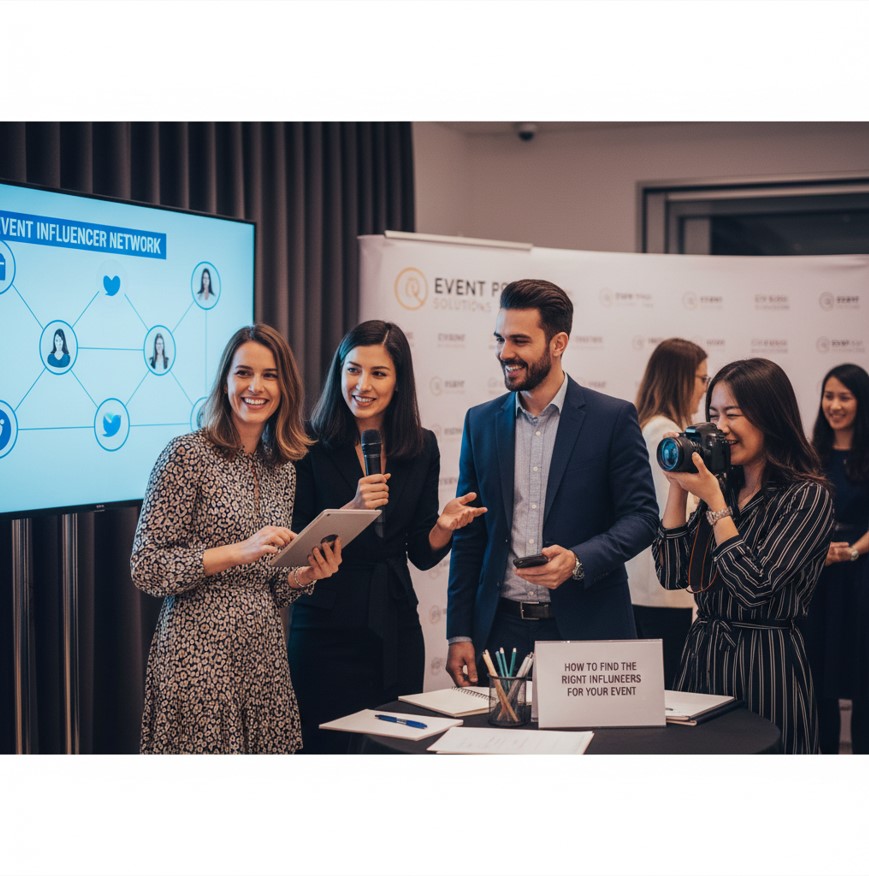
Building an Effective Influencer Partnership
A successful collaboration hinges on clear communication and mutual benefit. Follow these best practices:
- Craft a Detailed Brief: Outline campaign goals, key messages, deliverables, timelines, and any brand guidelines or hashtags to include.
- Agree on Compensation: Options include flat fees, performance-based commissions, free event passes, or product gifting. Ensure transparency to avoid misunderstandings.
- Co-Create Content: Empower influencers to inject their personal style. Authenticity resonates, so avoid overly scripted posts.
- Legal and Disclosure: Draft a simple contract covering usage rights, exclusivity periods, and FTC compliance. Remind influencers to use #ad or #sponsored as required.
- Maintain Open Communication: Schedule check-ins to review content drafts, share feedback, and address any concerns promptly.
Creative Campaign Ideas to Spark Excitement
Influencers can breathe life into your event marketing through innovative concepts:
- Countdown Takeovers: Invite an influencer to host your Instagram Stories for a week leading up to the event, sharing behind-the-scenes peeks and key speaker interviews.
- Ticket Giveaways: Run a contest where followers like, comment, and tag friends for a chance to win VIP passes or exclusive meet-and-greets.
- Live Coverage: Partner with a creator to go live during main sessions or backstage, capturing real-time reactions that drive FOMO among those who didn’t attend.
- Co-branded Content: Produce a short video series or blog posts where the influencer explores event themes, speakers, or unique activations to build anticipation.
- Post-Event Highlights: Share a curated reel of the best moments, tagging the influencer and encouraging their followers to view the recap and share their own experiences.
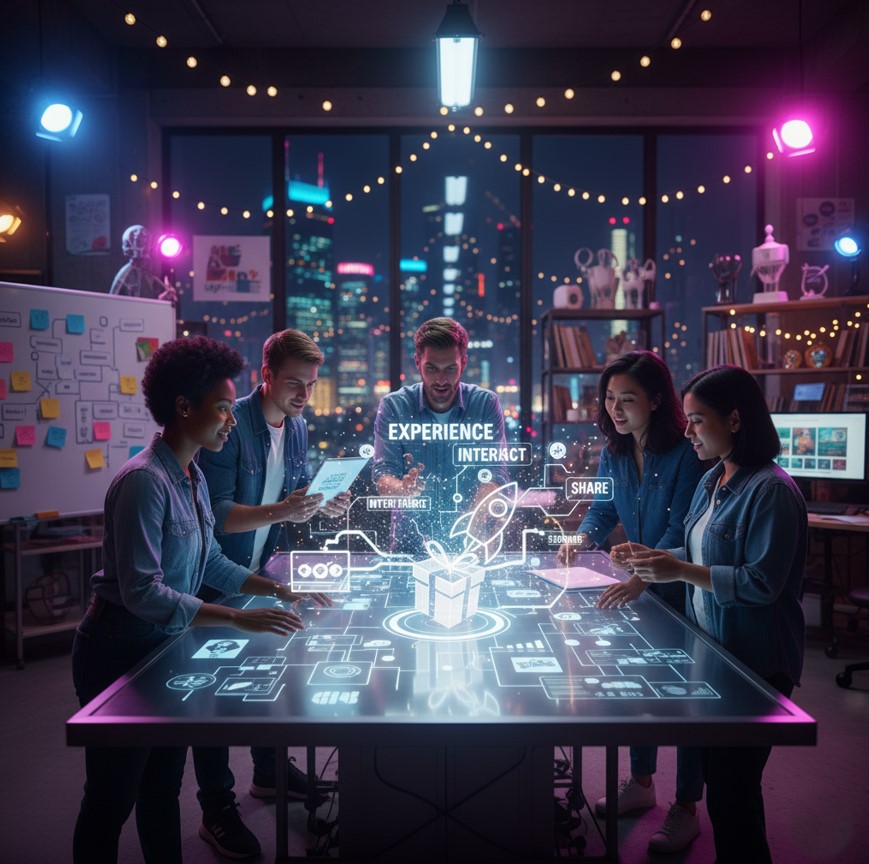
Measuring Success and ROI
No marketing effort is complete without tracking results. Key metrics include:
- Reach and Impressions: Total number of users who saw influencer posts.
- Engagement Rate: Likes, comments, shares, and saves compared to follower count.
- Click-Throughs and Registrations: Track unique URLs or UTM parameters to measure ticket sales or sign-ups driven by each influencer.
- Content Performance: Analyze which formats (videos, images, stories) resonated most to inform future campaigns.
- Sentiment Analysis: Use social listening tools to gauge audience feedback and brand sentiment around your event.
Best Practices and Pro Tips
To maximize impact, keep these considerations in mind:
- Focus on Authenticity: Genuine enthusiasm from an influencer feels less like an ad and more like a trusted recommendation.
- Respect Creative Freedom: Over-controlling content can stifle an influencer’s voice and hurt engagement.
- Build Long-Term Relationships: Ongoing partnerships yield better results than one-off campaigns and foster brand loyalty.
- Stay Compliant: Monitor changing guidelines from the FTC and platform policies to ensure proper disclosure.
- Leverage User-Generated Content: Encourage attendees and influencers to share their own photos and testimonials for authentic social proof.
Case Study: How TechSummit 2025 Grew Ticket Sales by 35%
TechSummit 2025, a mid-sized technology conference, partnered with five niche tech influencers on LinkedIn and YouTube. By offering exclusive backstage passes and personalized discount codes, the event saw a 50% increase in website visits and a 35% jump in ticket sales compared to the previous year. Post-event surveys revealed that 60% of attendees cited influencer content as their primary reason for registration. TechSummit also repurposed influencer-created videos in their email campaigns, extending the campaign’s lifespan and increasing overall ROI by 22%.
Conclusion
Influencer marketing offers event planners a dynamic way to cut through the noise and engage audiences on a personal level. By choosing the right creators, setting clear expectations, and measuring performance diligently, you can turn influencers into powerful allies who drive ticket sales, heighten brand awareness, and create lasting buzz. Start small, learn quickly, and scale your efforts to transform your next event into an unmissable experience. Ready to put influencer marketing to work? Identify your first partner today and watch your audience grow.

